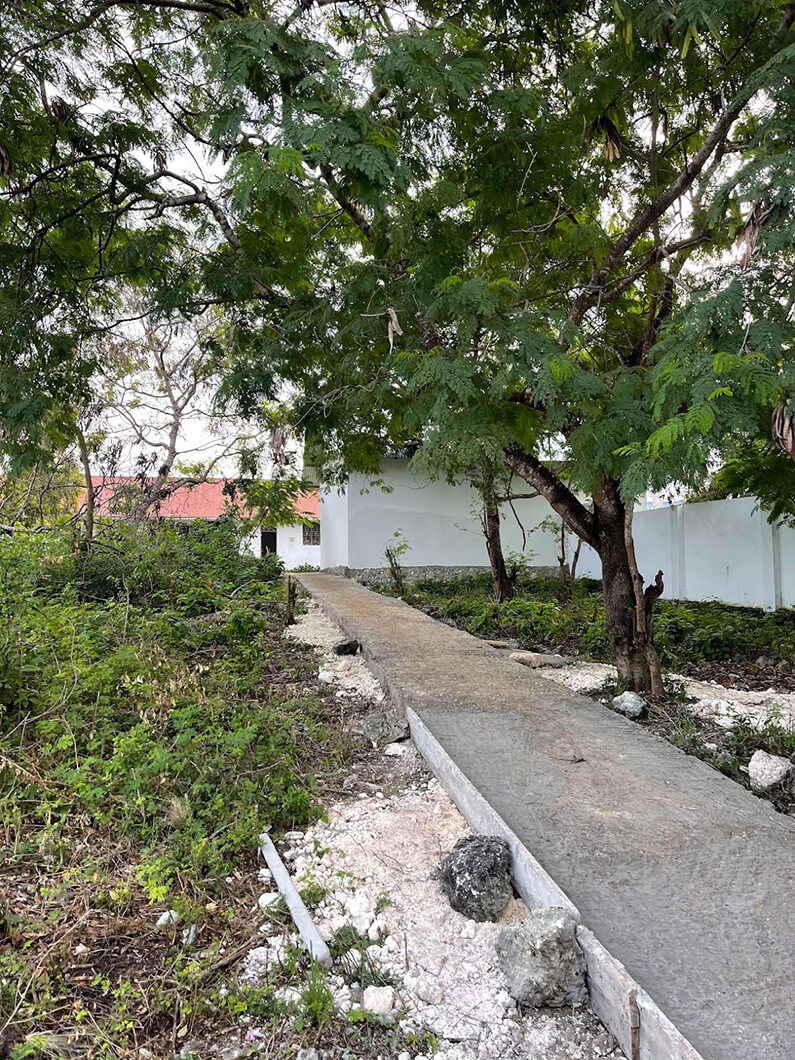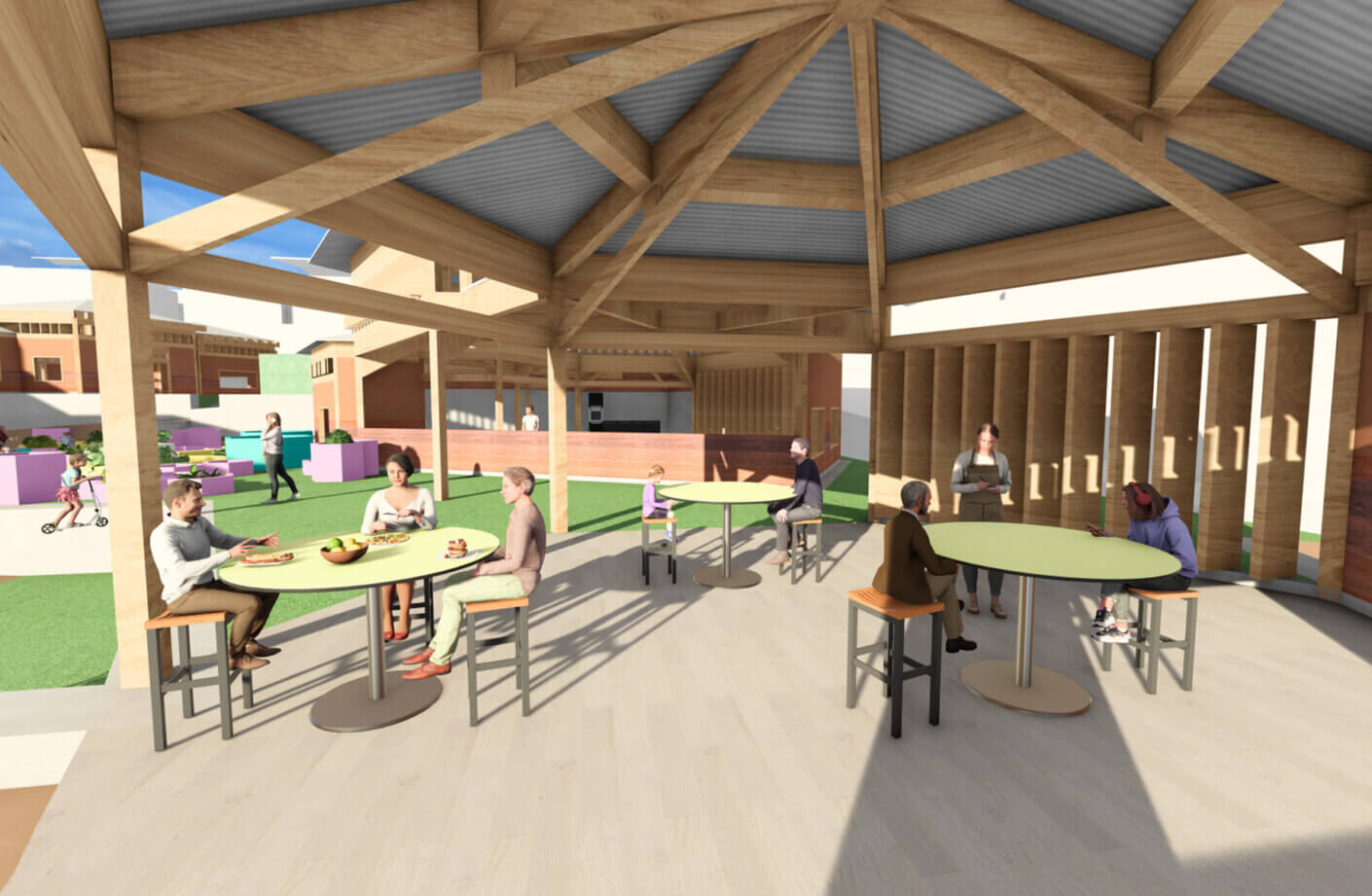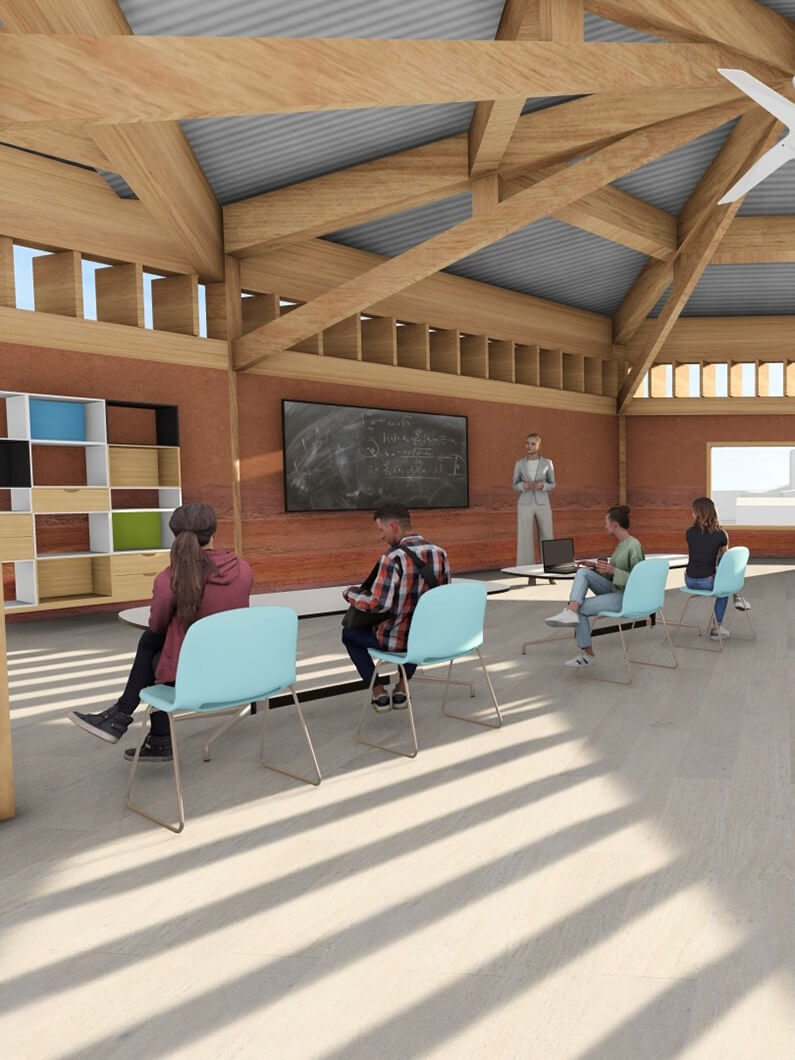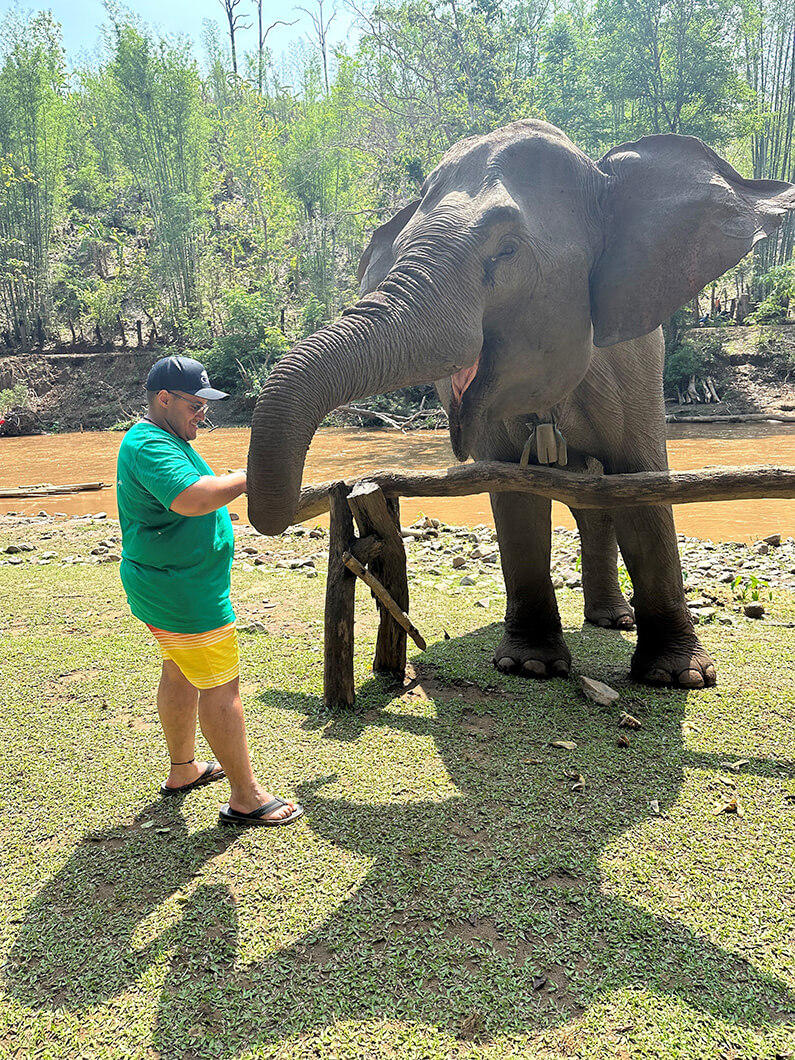Where do you consider home, and how has that place—or the people there—shaped the way you see the built environment?
I would consider home to be in two places: the Bronx, New York, and Pocono Lake, Pennsylvania. For the first ten years of my life, I lived in the Bronx, a borough defined by towering apartment buildings, gridded streets, and large numbers of people. There, the built environment reflected the cultural diversity of my community, which was predominantly Latin American, and allowed me to see a city truly created by the people, for the people. When I moved to Pocono Lake at age eleven, the built environment offered something completely different. The homes are nestled within forests, lakes, and quiet roads, and the town values privacy and a closer connection to nature much more than New York City. Together, these two places taught me how geography, culture, and community influence the way people understand the spaces around them
Your resume speaks not only to academic excellence but also to heart—a care for community, equity, and accessibility. Where do those values come from in your life?
I believe a big part of those values comes from my family upbringing. Growing up, my family and I always made sure we could provide not only for those living with us but also for our relatives in Puerto Rico. I was fortunate to always have food on my plate and someone to help me with homework whenever I was stuck on a question. As I got older, it became clear to me that not everyone has the same experience. This realization led me to start volunteering in communities both locally and abroad to help ensure everyone has equal access to resources. I believe architecture has the power to change lives and support those who are less fortunate. Every time I design, I remind myself to “put yourself in someone else’s shoes.”




